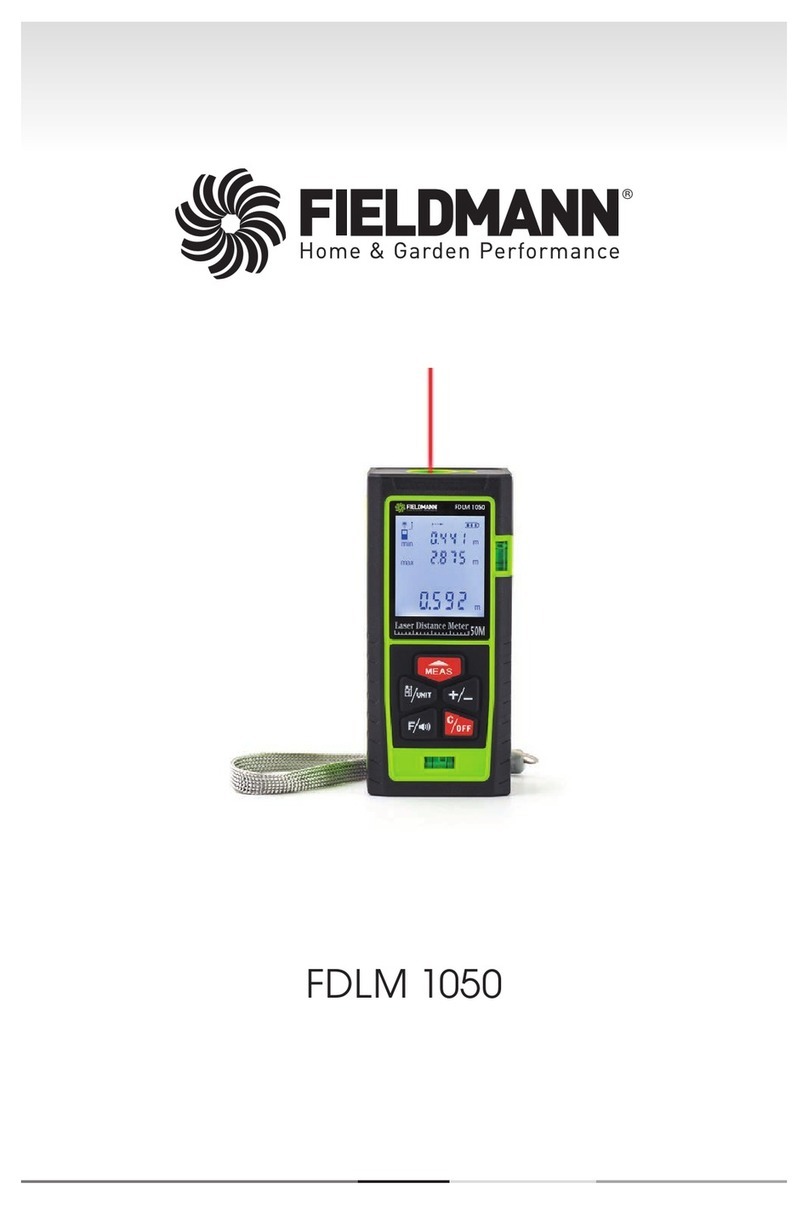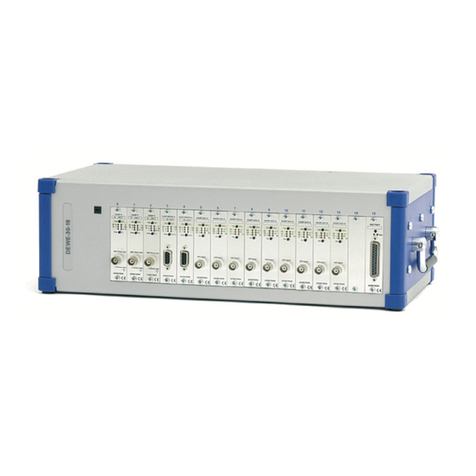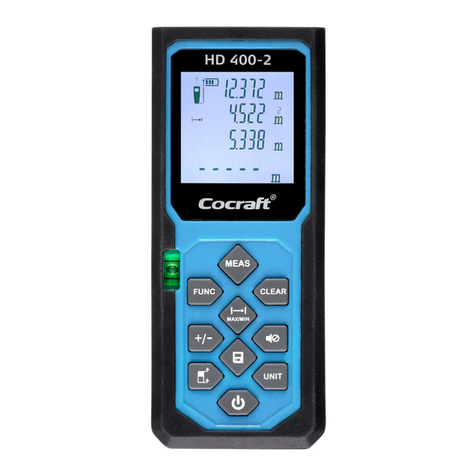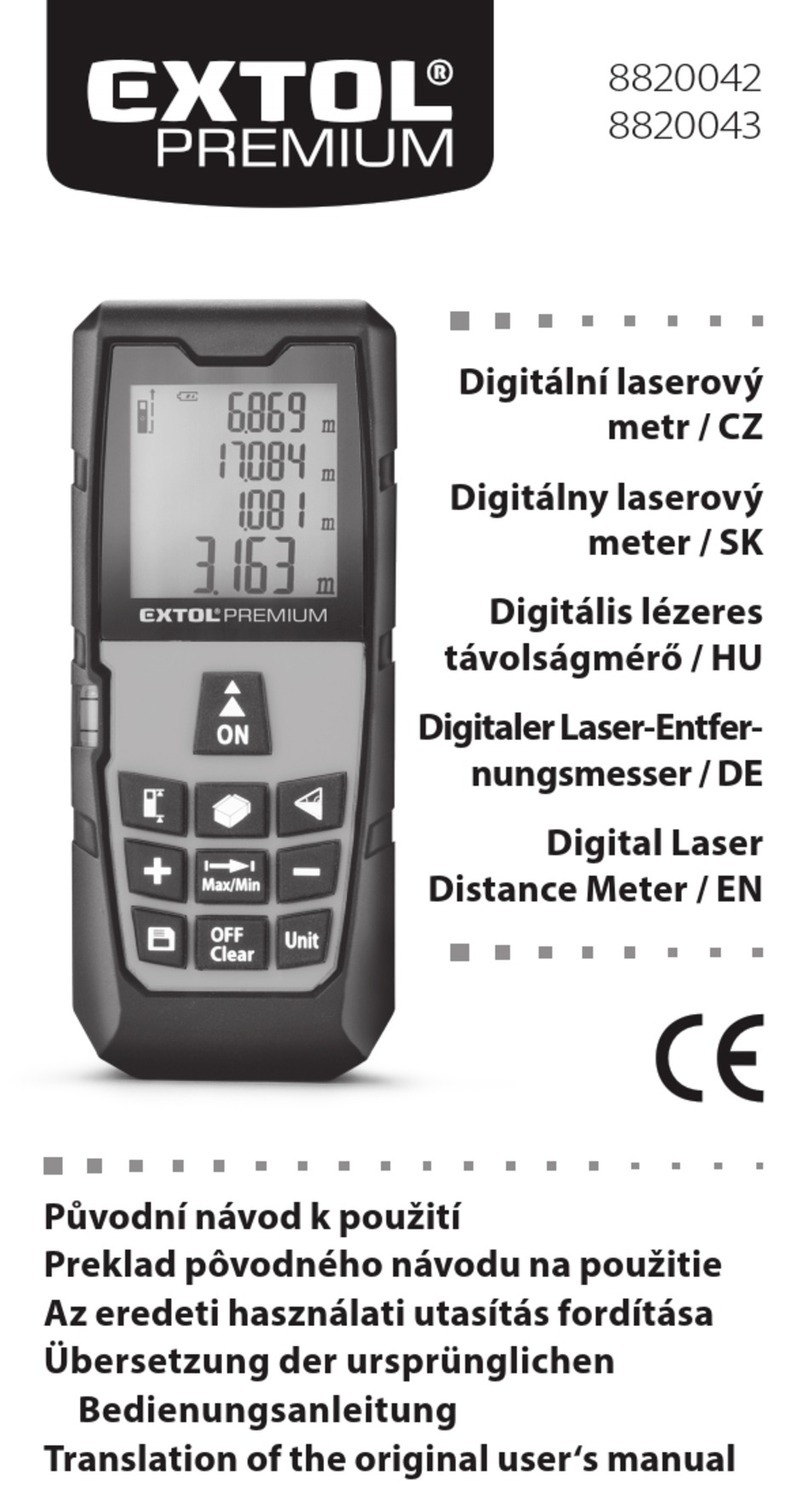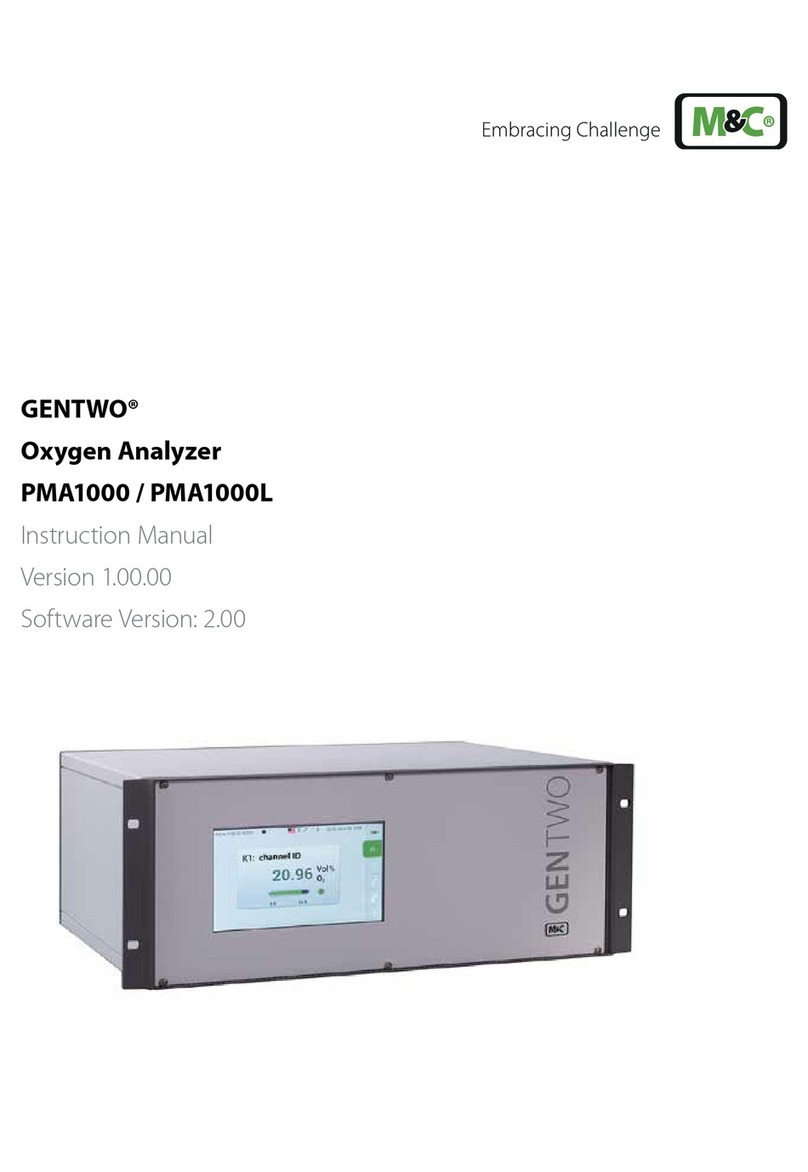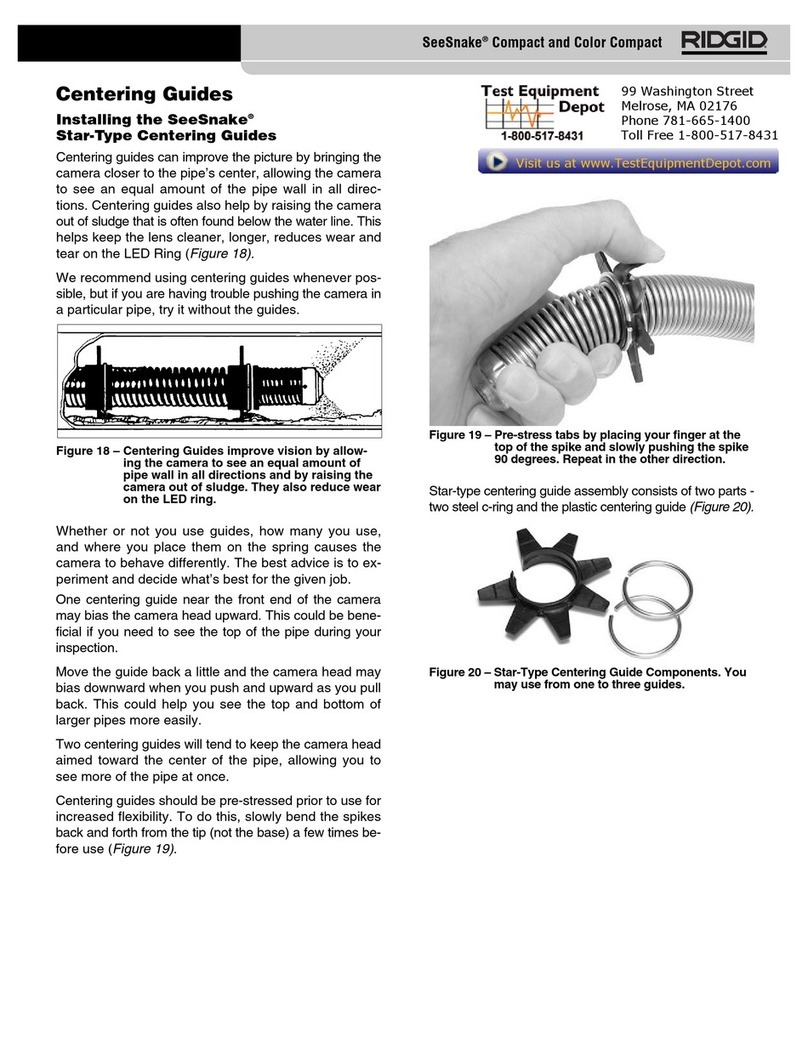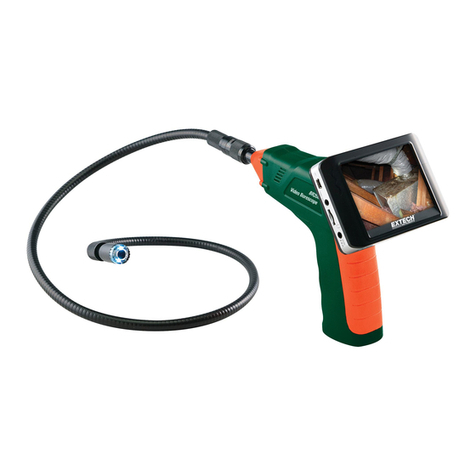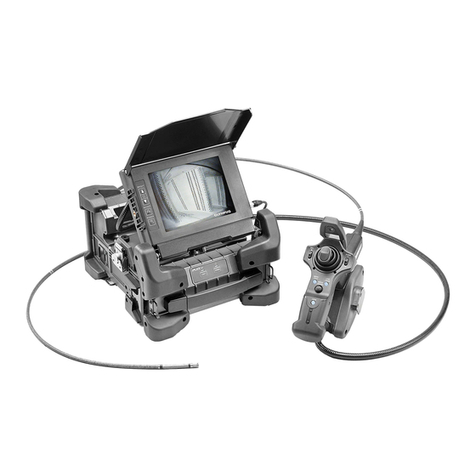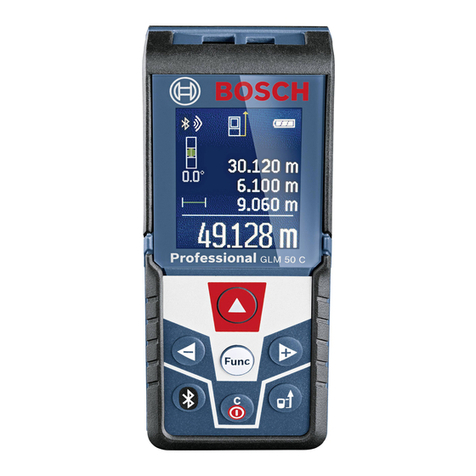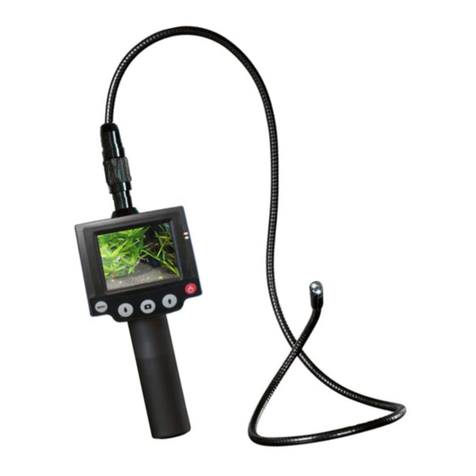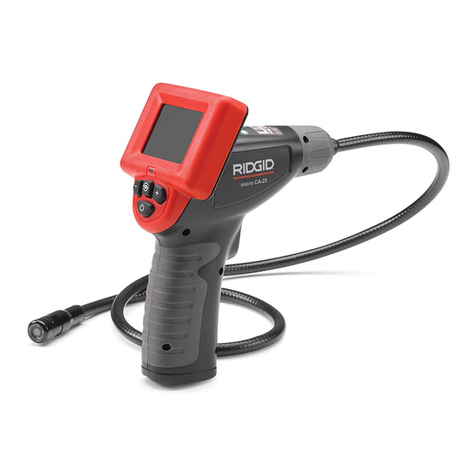CheckMeter 2.1 Operation Manual_R02 Page 1 of 52
Content
1. Safety ..................................................................................................................................3
2. General.......................................................................................................................................4
3. Connections and control elements ..........................................................................................5
4. Start-up of the instrument.........................................................................................................8
5. Operation principles..................................................................................................................9
5.1 Cursor keys and enter key....................................................................................................9
5.2 Keypad...............................................................................................................................10
5.3 Menu Card (MC).................................................................................................................10
5.4 Functional Button (FB)........................................................................................................10
5.5 Status indications ...............................................................................................................11
5.6 Data input...........................................................................................................................11
5.7 Load / Save / Delete settings .....................................................................11
6. Installation of the instrument.............................................................................13
6.1 Basic settings of the instrument .................................................................................13
6.1.1 Beeper setup......................................................................................................14
7. Operation of the working standard ..........................................................15
7.1 Basic settings of working standard.............................................................................15
7.1.1 Current range selection.......................................................................................17
7.1.2 Load / save settings............................................................................................18
7.2 Meter testing..............................................................................................................18
7.2.1 Measuring set-up.........................................................................................................21
7.2.2 Edit error parameters..........................................................................................21
7.2.3 Load / save error parameters..............................................................................23
7.3 Measurement of load values......................................................................................24
7.3.1 Harmonic Analysis..............................................................................................24
7.3.2 Waveform display...............................................................................................25
7.4 Vector diagram ..........................................................................................................26
7.5 Energy measurement.................................................................................................28
7.5.1 Edit counter parameters......................................................................................29
7.5.2 Load/save counter parameters ...........................................................................30
8. Storage of results ...........................................................................................................31
8.1 Definition of administrative dataset (ADS)...........................................................................33
8.1.1 Edit administrative dataset..................................................................................33
8.1.2 Load / save administrative data ..........................................................................35
8.2 Save results...............................................................................................................36
8.3 View results...............................................................................................................37
8.3.1 Examples of results for different dataset types ............................................................38
8.4 Print results................................................................................................................40
8.4.1 Layout of printout (option)............................................................................................40
8.4.2 Printout example of external printer (option)................................................................43
